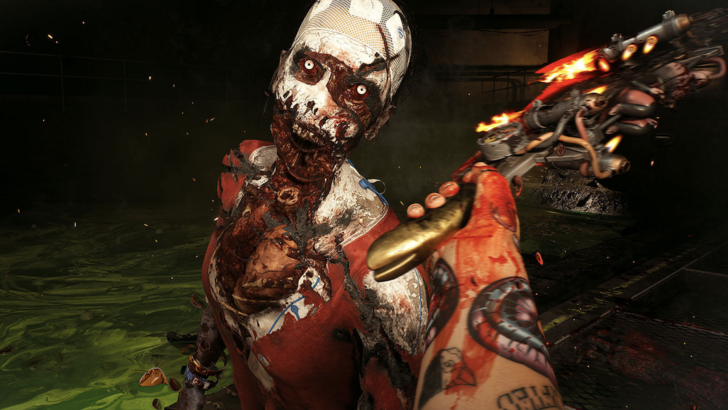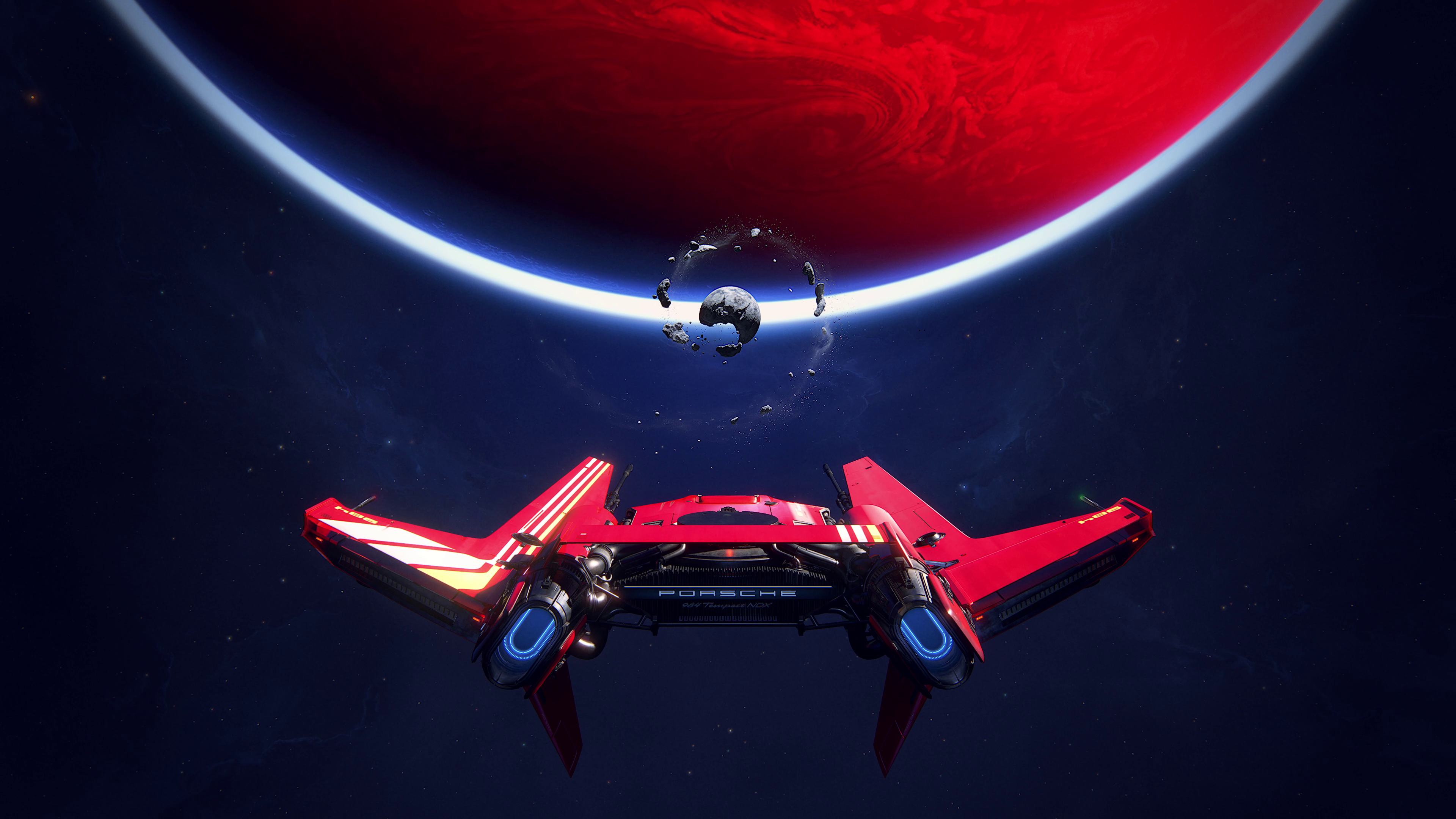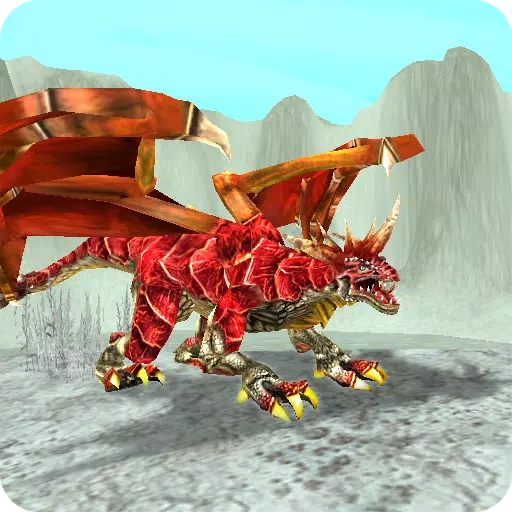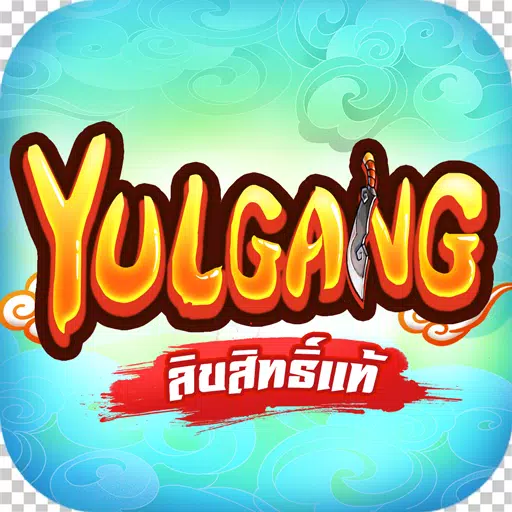Tempest Rising: A Nostalgic RTS Masterpiece
From the moment I launched the Tempest Rising demo, I was hooked. The opening cinematic, complete with cheesy dialogue from heavily armored soldiers and a nervous scientist, instantly brought a smile to my face. The music, UI, and units perfectly captured the essence of my high school days, spent late nights playing Command & Conquer with friends fueled by energy drinks and junk food. This modern take on a classic RTS is a blast from the past, and I'm eager to see what Slipgate Ironworks has planned for the full release. Whether battling AI in Skirmish or facing off against other players in Ranked Multiplayer, Tempest Rising felt instantly familiar and comfortable.
This nostalgic feeling is intentional. The developers aimed to create an RTS that evoked the classics of the 90s and 2000s, while incorporating modern quality-of-life improvements. Set in an alternate 1997, where the Cuban Missile Crisis escalated into World War 3, Tempest Rising unfolds in a world ravaged by nuclear war and overrun by strange, energy-rich vines.
Tempest Rising Screenshots

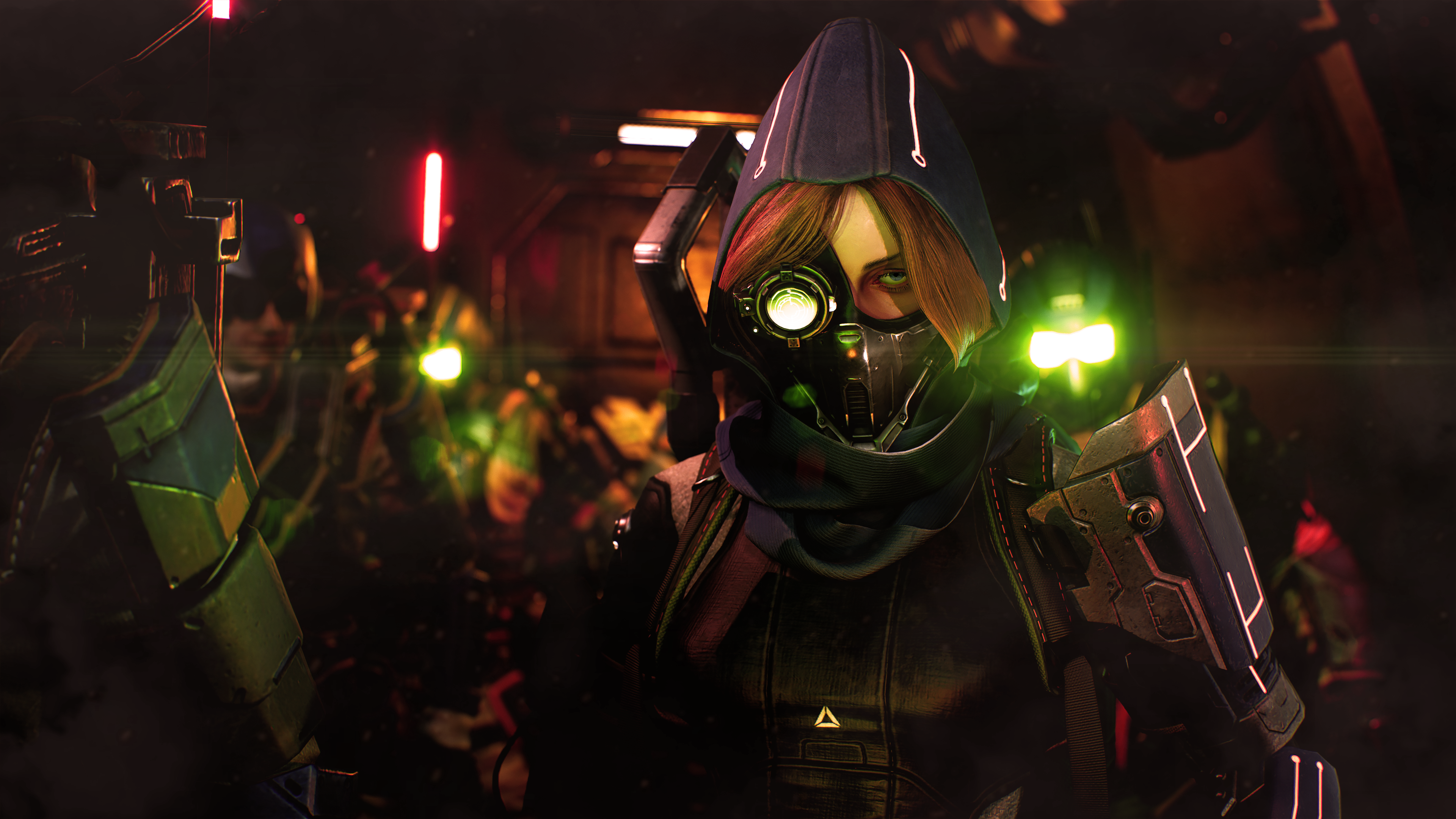 8 Images
8 Images
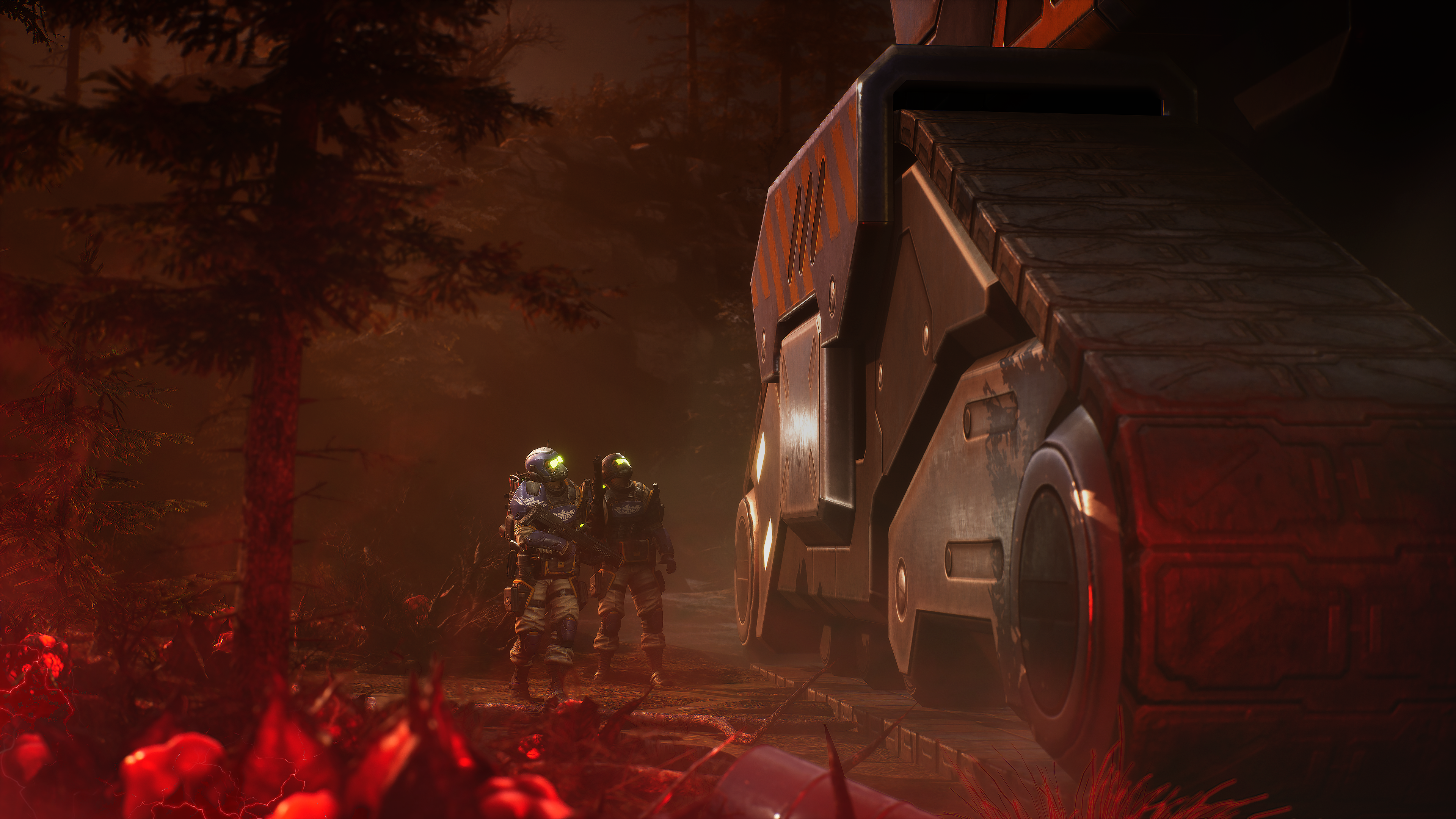
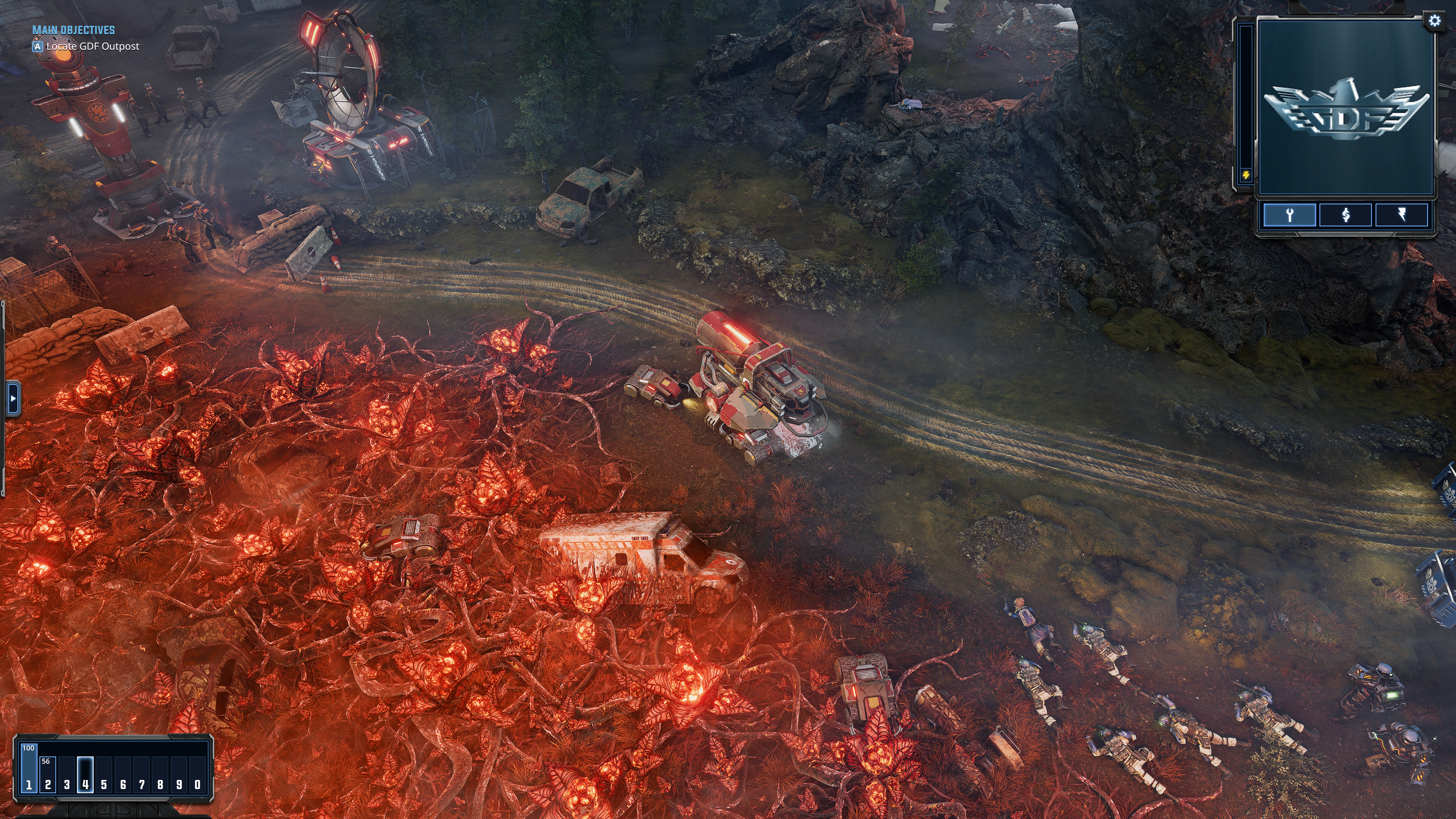
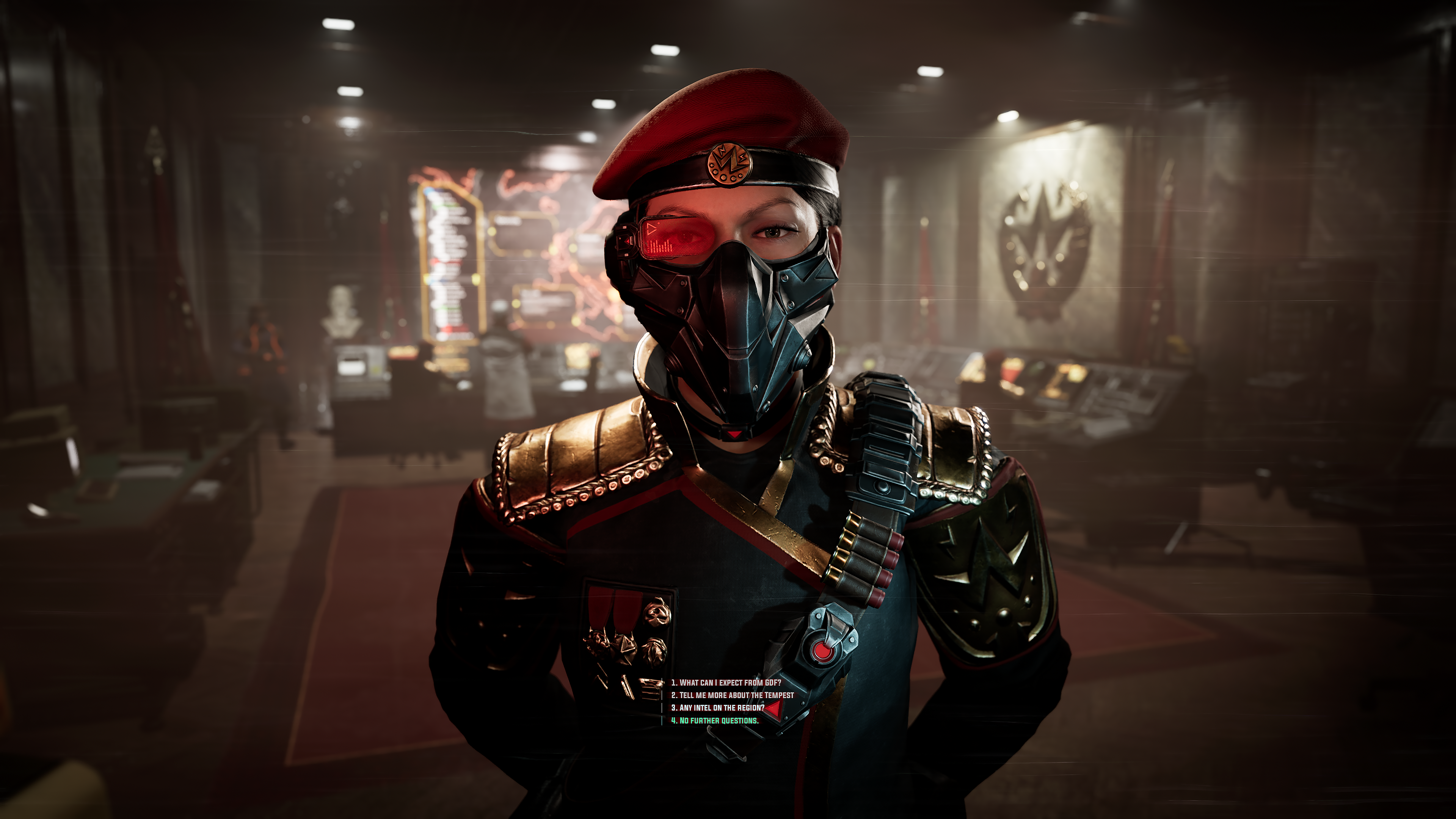
The demo focused solely on multiplayer, so I'll have to wait for the full release to experience the story mode, which will feature two 11-mission campaigns, one for each main faction. The Tempest Dynasty (TD), an alliance of Eastern European and Asian nations, and the Global Defense Forces (GDF), a coalition of the US, Canada, and Western Europe, are the playable factions in the preview. A third faction remains shrouded in mystery.
I gravitated towards the Tempest Dynasty, partly due to their amusing Tempest Sphere – a rolling death machine that crushes infantry. The Dynasty also utilizes "Plans," faction-wide bonuses activated at the Construction Yard. These include the Logistics Plan (faster building and resource harvesting), the Martial Plan (increased unit attack speed and explosive resistance), and the Security Plan (reduced unit and building costs, improved repair, and expanded radar). Switching between these plans created a dynamic gameplay rhythm.
Unlike the GDF's stationary refineries, the Dynasty employs Tempest Rigs – mobile harvesters that move freely between resource fields. This streamlined resource management made rapid expansion incredibly efficient. Deploying Rigs to distant locations proved a clever tactic for undisturbed resource gathering.
The Dynasty's Salvage Van is another standout unit, capable of repairing or destroying enemy vehicles for resource gain. Ambushing unsuspecting opponents with this unit proved highly effective. Power plants can also switch to Distribution Mode, boosting nearby building construction and attack speed at the cost of taking damage – a risk worth taking for a significant advantage.
While I favored the Dynasty, the GDF offers its own compelling strengths, focusing on buffing allies, debuffing enemies, and battlefield control. The Marking mechanic, where units mark enemies for debuffs and intel gain, is particularly effective.
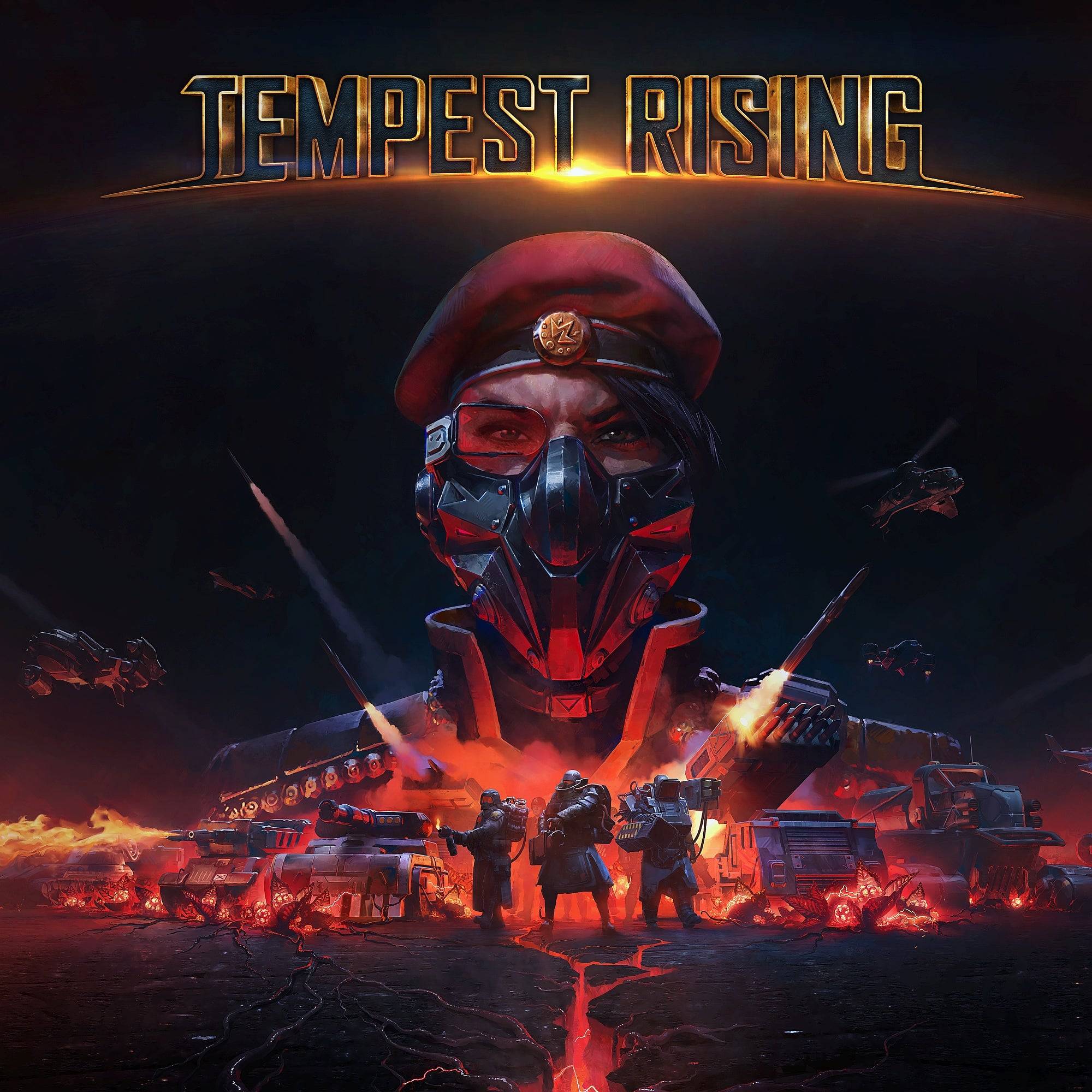 Tempest Rising3D Realms Wishlist
Tempest Rising3D Realms Wishlist
Both factions feature three tech trees, offering strategic depth. In addition to tech trees, powerful cooldown abilities, activated by constructing specific buildings, add another layer of tactical choices.
The Dynasty's fewer, upgradable buildings make losing structures costly, but the Lockdown ability prevents enemy takeovers. The Field Infirmary, a mobile healing zone, proved invaluable.
There's much more to explore, and I'm particularly looking forward to the launch version's custom lobbies for cooperative play against the challenging AI. Until then, I'll continue my solo campaign, crushing my robotic foes with relentless waves of death spheres.

